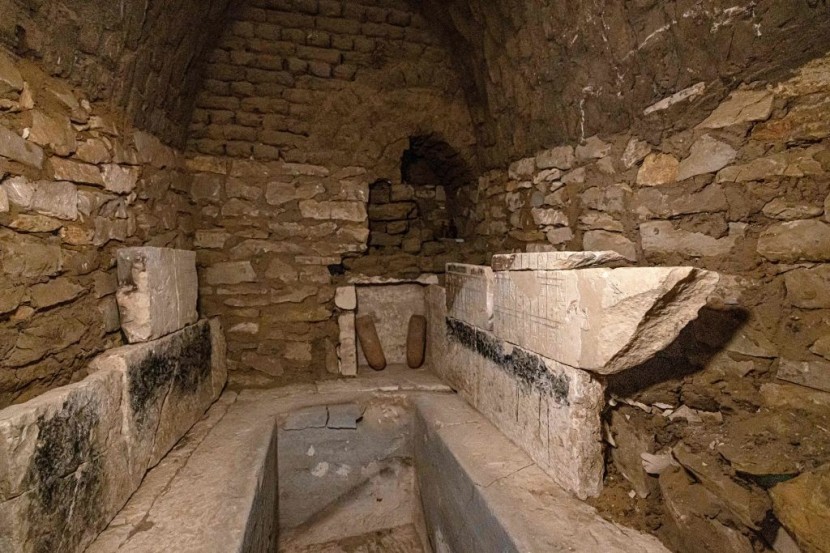
The discovery of one of the oldest tombs seen by archeologists is aligned with the winter solstice sunrise which is not a regular practice seen. It is estimated that ancient builders created this crypt about 3,800 years ago, including a chapel oriented to this specific solstice.
Oldest Egyptian Tomb Unearthed in Cities of the Dead
Located in modern-day Aswan, the tomb was built in the 12th Egyptian dynasty, that in history is called the Middle Kingdom of Egypt's ancient history, reported Live Science.
The Qubbet el-Hawa necropolis where it was found had two graves of two archaic governors, said the scholars who published the study in July in the Journal Mediterranean Archaeology and Archaeometry, noted Zenodo. In the past, grave robbers and even the mummies had stolen many of the relics.
Tomb with Winter Solstice Sunrise Indicator
Governor who is responsible for constructing the original crypt is unknown, but the other governor is Heqaib III, based on writings found in the tomb and historical records. They were leaders of Elephantine, a town in the past, and both ruled at different times. A chapel inside the tomb has a spot to hold the effigy of the governor who constructed the tomb, based on a statement by EurekAlert.
According to the study co-author Alejandro Jiménez-Serrano from the University of Jaén in Spain, the crypt and statue were not finished. He said they found the unfinished statue outside the Egyptian tomb that would be placed in the niche if done. It is still being determined why the builders abandoned the work.
The entrance to the chapel was built to allow entry of sunlight which fills it with light during the winter solstice sunrise. It does happen yearly on December 21 or 21. If done several thousand years ago, the light would flood the interior of each solstice and the oldest tomb to date with the solstice.
Significance of Winter Solstice for Egyptians
Ancient Egyptians saw it as relevant to the yearly solstice in winter, according to study lead author María Dolores Joyanes Díaz from the Spanish University of Malaga. She said it was the start of the victory of light over darkness with an end during the summer solstice. Also, the ancients saw the solstice as about renewal and rebirth.
Once the solstice in winter has longer days as a rebirth that the Egyptians wanted to be seen in the real world; for example, the dead governor is seen as a statue.
Another scholar had a suggestion but was not involved in the study. Lara Weiss, a curator of the National Museum of Antiquities in Leiden, thought it was a take on the sun cult obsessed with rebirth. A solstice during winter is the start of the sun's yearly course.
First discovered by Egyptologist Sir Ernest Alfred Thompson Wallis Budge in 1985, the tomb was not dug until 2008 to 2018 by researchers from two universities, Málaga and Jaén. Looking for star alignments was done after digging.
Using the architectural data with 3-D modeling revealed the astrological alignment in the year. The scientist is looking for the same evidence in other tombs.
An ancient Egyptian tomb in the Qubbet el-Hawa necropolis; had an unfinished chapel aligned with the winter solstice sunrise.
Related Article : Scientists Reveal Ancient Egyptian Mummification Is Not for Preserving Their Corpses for Eternity, But Was of More Intricate Purpose








